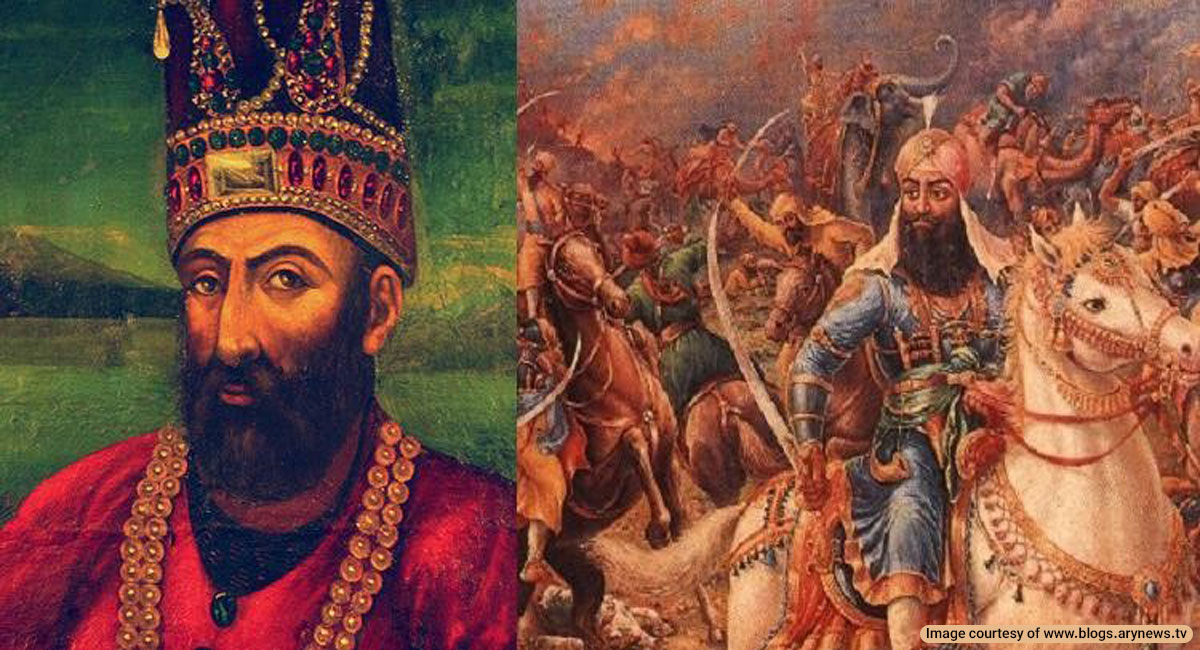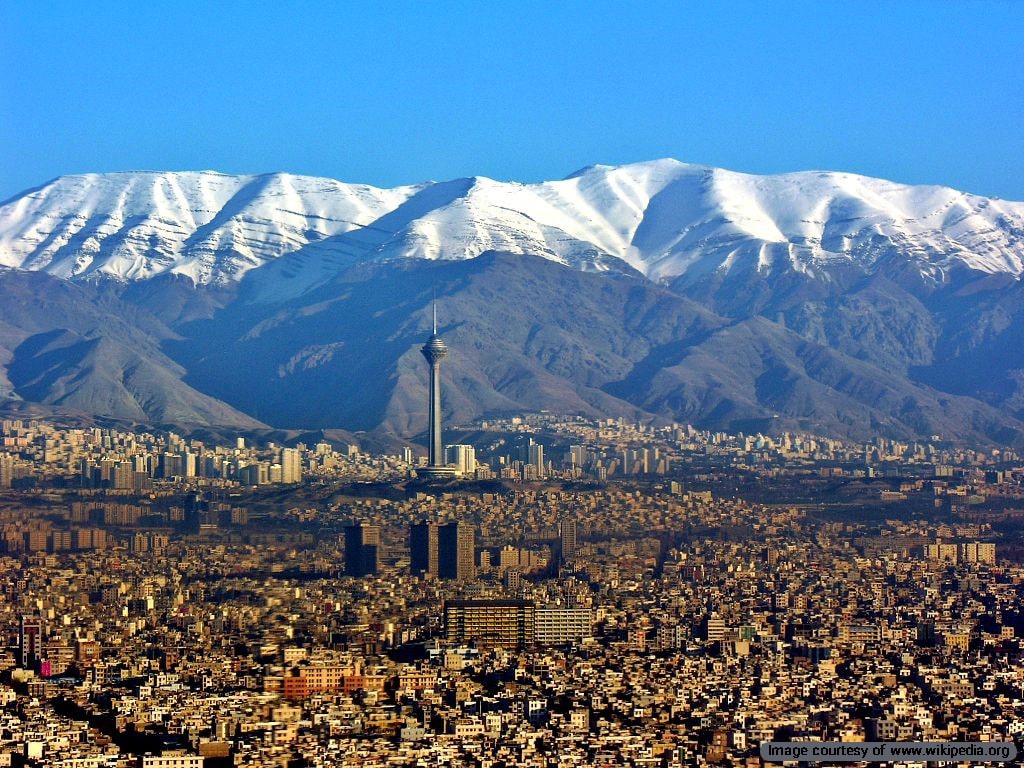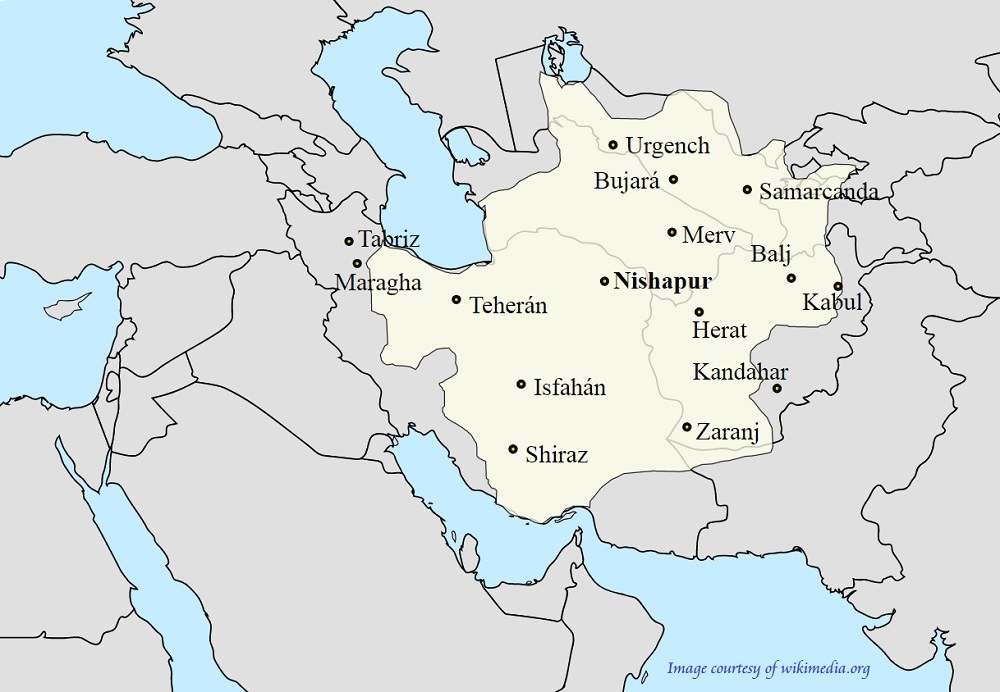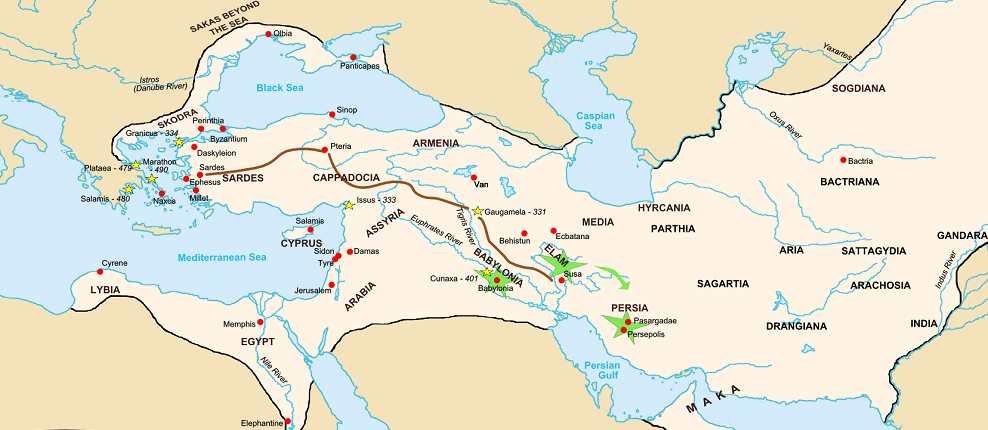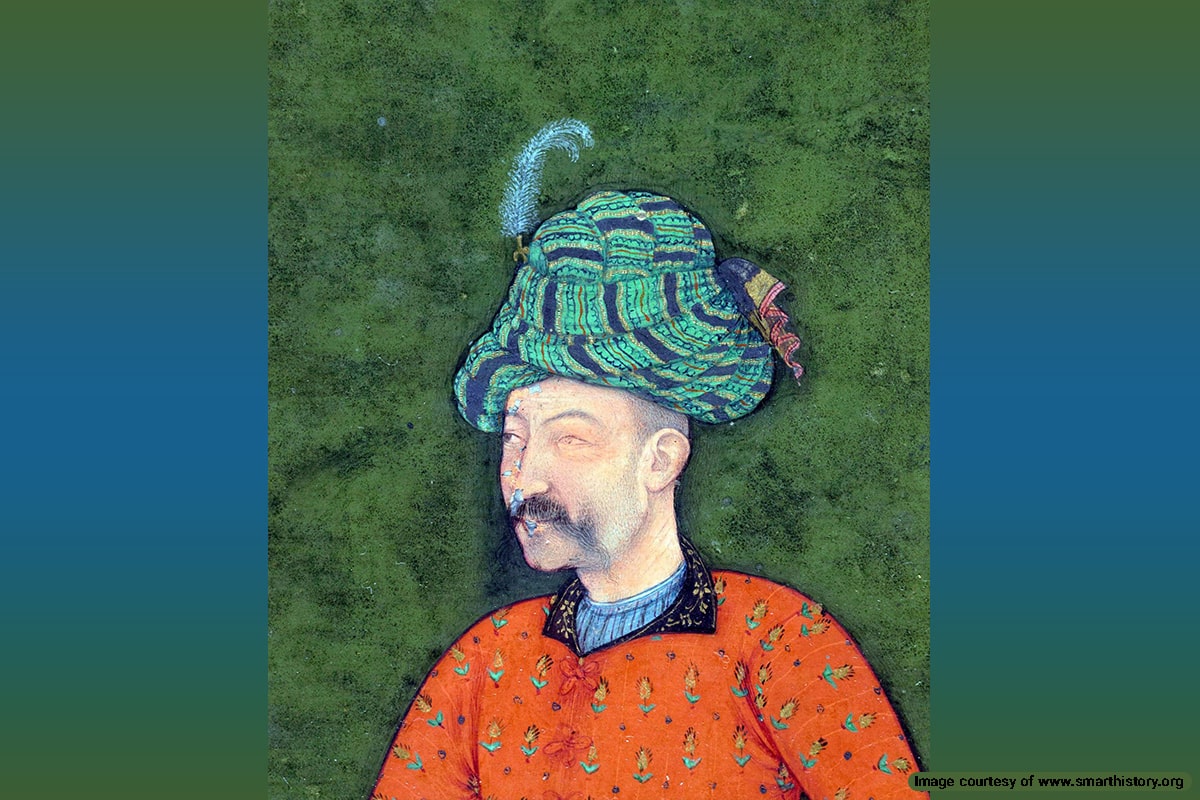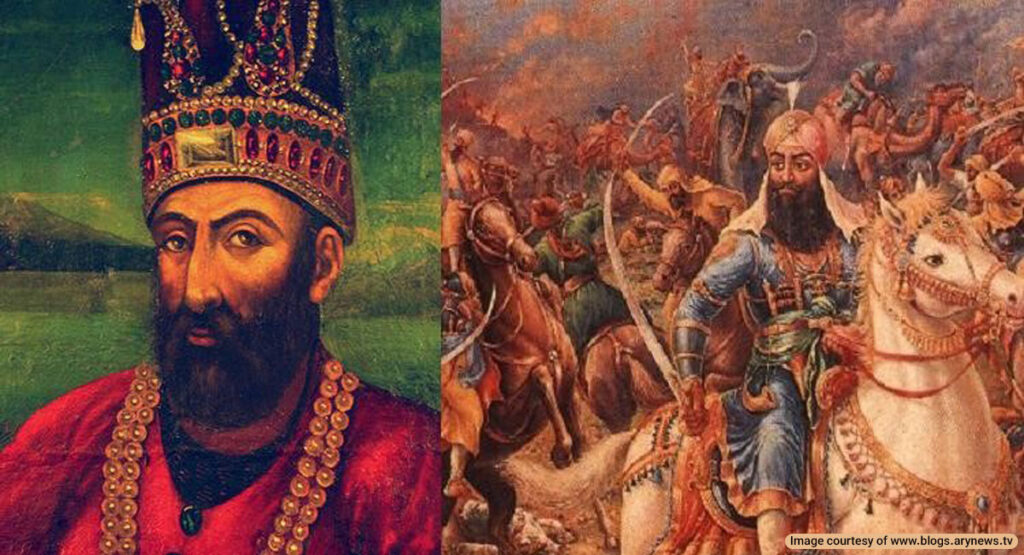
The Afsharid dynasty emerged in the 18th century when Nader Shah Afshar defeated the invading Afghans and deposed the Safavid kings. The history of Iran has experienced many ups and downs, transitioning through various dynasties and rulers; however, the Afsharid dynasty is particularly renowned for its territorial expansion during this period. Following the arrival of Islam, it was Nader Shah Afshar who first reclaimed significant portions of Tajikistan, Georgia, Armenia, Turkey, Kuwait, and Iraq for Iranian territory. The following is a brief history of the Afsharids.
Afsharid Dynasty’s Rise to Power
The Afshar period began in the second half of the 18th century. Nader Shah’s reign over Iran was brief. Nader Qoli Beyg (Nader Shah), the first king of the Afshar dynasty, was not a nobleman and was not born into a royal family; he was a military leader from a Turkoman Afshar tribe in the north-eastern province of Khorasan. By defeating Ashraf Afghan and the second Shah Hotaki, Nader successfully deposed Shah Abbas III and claimed the throne for himself.
Early Life of Nader Shah Afshar
Nader was born into the Afshar tribe of a Turkoman lineage. As the founder of the Afshar dynasty, he was a skilled horseman with expertise in shooting, hunting, and spear-throwing. In his youth, he served as a rifleman for the ruler of the city of Abiward, making many sacrifices for Baba Ali Beyg, the ruler there. This loyalty brought him closer to Baba Ali Beyg, and he eventually married his daughter.
Nader continued to battle various tribes until the Afghans defeated the Safavid dynasty and seized control of Isfahan. Some Safavid survivors also claimed authority in different regions, including an individual who called himself Shah Tahmasp II in Qazvin. Meanwhile, the Russians and Ottomans took advantage of the chaotic situation in Iran, occupying parts of its territory.
During this period, Nader refused to obey Malik Mahmud Sistani, who claimed to be the ruler of Mashhad. He rebelled against Sistani and defeated him. After consolidating his position in Merv and gaining the support of the Zafaranlu tribe, Nader captured Mashhad with the assistance of Shah Tahmasp II’s forces.
From that point, whispers of the Afsharid dynasty began to emerge. Nader pushed back the Afghans, reclaiming vast areas of Iranian territory in Mazandaran, Kerman, and Khorasan, marking a significant event in the history of the Afshars. He then advanced towards the Zarqan plain and the southern ports. At the same time, Nader demanded that the Ottomans withdraw from Iran, successfully reclaiming regions such as Malayer, Kermanshah, and Nahavand, and capturing the cities of Tabriz and Urmia.
During this time, Shah Tahmasp II also took action against the Ottomans, leading to a war that resulted in Iran’s defeat and the Ottomans’ victory. This outcome allowed the Ottomans to occupy parts of western Iran. Concurrently, Nader signed a treaty with the Russians, requesting the return of the cities of Rasht and Astara to Iran, though parts of the territory north of the Kur River (Kura) remained under Russian control.
The Reign of Nader Shah Afshar
After achieving numerous victories, Nader decided to go to war against the Ottomans. During this conflict, Shah Tahmasp II, fearing for his safety, chose not to accompany Nader. As a result, Nader traveled to Isfahan, stopping in Qom to dethrone Shah Tahmasp II. He then installed the infant Abbas III, the son of Shah Tahmasp II, as his successor, while Nader assumed the role of viceroy, effectively becoming the real ruler of Iran. This marked the beginning of the Afshar dynasty and the many challenges Nader would face in his quest for the kingdom of Iran.
Important Events in the History of the Afsharid Dynasty
During the Afsharid rule and Nader Shah’s reign, several significant political and historical events took place, some of which are outlined below.
Confrontation with the Bakhtiari Tribe
After his coronation, Nader launched an attack on Isfahan to punish the Bakhtiari tribe. Following a prolonged struggle in Isfahan and Kohgiluyeh, he defeated their leader, Ali Murad Khan Chaharlanga. As a lesson to others, Nader brutally mutilated him by cutting off his hands and feet and gouging out his eye socket. After a month of hard fighting, Nader returned to Isfahan.
Fall of the Hotaki Afghans
Nader Shah suppressed the Afghans in several key battles, including the Battle of Mehman Dost, the Battle of Morcha Khort, the Battle of Sardar Khar, and the Battle of Zarqan, effectively ending Afghan rule in Iran. His conquest of Kandahar was another significant achievement, which he besieged for fifteen months.
Invasion of India and the Battle of Karnal
Following his capture of Isfahan, Nader sent representatives to Delhi, urging Mohammad Shah Gurkani to prevent the Ghalzai Afghans from entering India. Due to Gurkani’s indifference and the imprisonment of Nader’s ambassador for a year, Nader resolved to attack. This led to the famous Battle of Karnal, where Nader Shah Afshar faced the Indian king. Nader’s bravery and that of his soldiers were notable during this campaign, which also yielded significant treasures, including the renowned Koh-i-Noor diamond. He easily defeated the powerful Indian armies, war elephants, and experienced soldiers.
The Delhi Massacre
After Nader’s victory, rumors spread that Muhammad Shah had poisoned him at a banquet, inciting the people of Delhi to revolt and kill some of Nader’s soldiers. In response, Nader ordered a massacre of the populace, resulting in widespread destruction in Delhi.
Ottoman-Persian War
Following the Delhi Massacre, Nader attacked and captured Khiva. Despite an assassination attempt against him, he continued to repel invaders and invaded Dagestan. He then engaged in a third war with the Ottomans. Although numerous political negotiations took place, the war ultimately ended in Iran’s victory, leading to a peace treaty between the two nations.
Rebellions of the late reign of Nader Shah
Towards the end of Nader’s reign, several figures, including Mohammad Taqi Khan Shirazi and Mohammad Hassan Khan Qajar, led rebellions. Most of the rebels were captured and blinded.
The Assassination of Nader Shah
Nader Shah’s reign came to a violent end when he was assassinated by Ali Qoli Mirza. Several Qajar and Afshar emirs conspired with Mirza and, aided by Saleh Khan, the head of Nader’s Qizilbash, entered his tent at night and killed him. However, the history of the Afshar dynasty did not conclude with Nader’s assassination. His son, along with rulers like Ibrahim Shah and Shahrukh Shah, briefly held power, but after about 18 years of turmoil and rebellions, Karim Khan Zand emerged to end the Afshar dynasty and establish his own rule.
Map of Iran during the Afsharid Dynasty
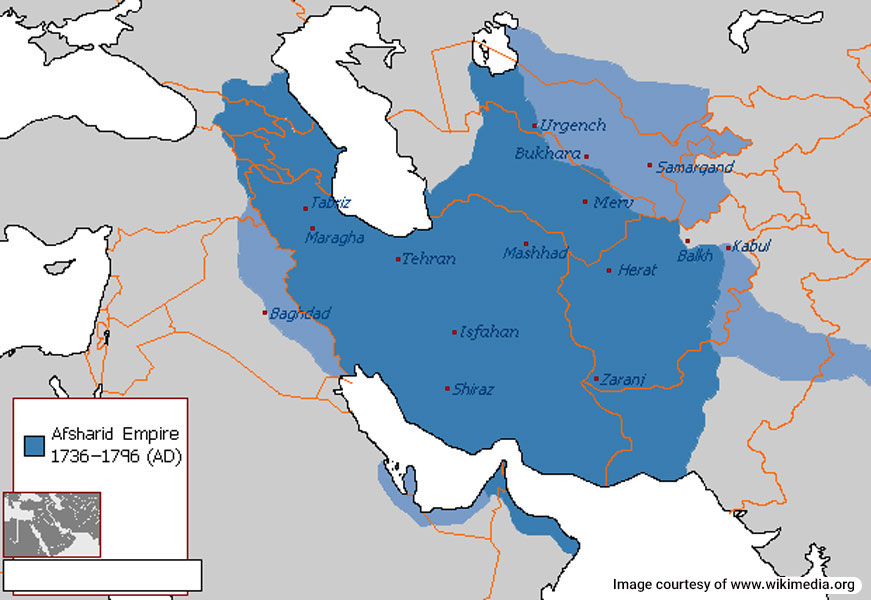
The territory under Iranian rule during the Afsharid period was significantly different from today’s map of Iran. The Afsharid dynasty had only one powerful king, Nader Shah Afshar. At the height of his reign, the map of Iran encompassed all or parts of several modern countries, including:
Iran, Armenia, Georgia, the Republic of Azerbaijan, Turkey, Iraq, Kuwait, Turkmenistan, Uzbekistan, Tajikistan, Afghanistan, Pakistan, Oman, Bahrain and the United Arab Emirates.
This indicates that Iran’s extent during the Afsharid period was vast. The neighboring regions at that time further illustrate this breadth:
- The Indian Mongol Empire: Eastern neighbor
- The Kingdom of Samarkand and Balkh: Northeast neighbors
- The lands of Khorezm and Uzbek: Northern neighbors
- The Ottoman Empire: Northwest neighbor and the Iranian border reaching the Black Sea
- Parts of the Ottoman Empire: Western Neighbor.
Learn More about Iranian History
“Destination Iran” introduces you to the history of Iran by publishing numerous historical blogposts; including the story of the Afshar dynasty, known for their remarkable conquests and the acquisition of valuable treasures like the Koh-i-Noor diamond.
Although the Afsharid rule over Iran lasted only 170 years, Nader Shah played a pivotal role in Iranian history by reclaiming significant territories. He declared his reign in the Moghan Plain and was ultimately assassinated by the Qizilbash chiefs after numerous conquests and battles. Notably, Nader focused more on political and military matters than on religious issues. Today, his tomb is located in Mashhad, near Imam Reza Holy Shrine.






